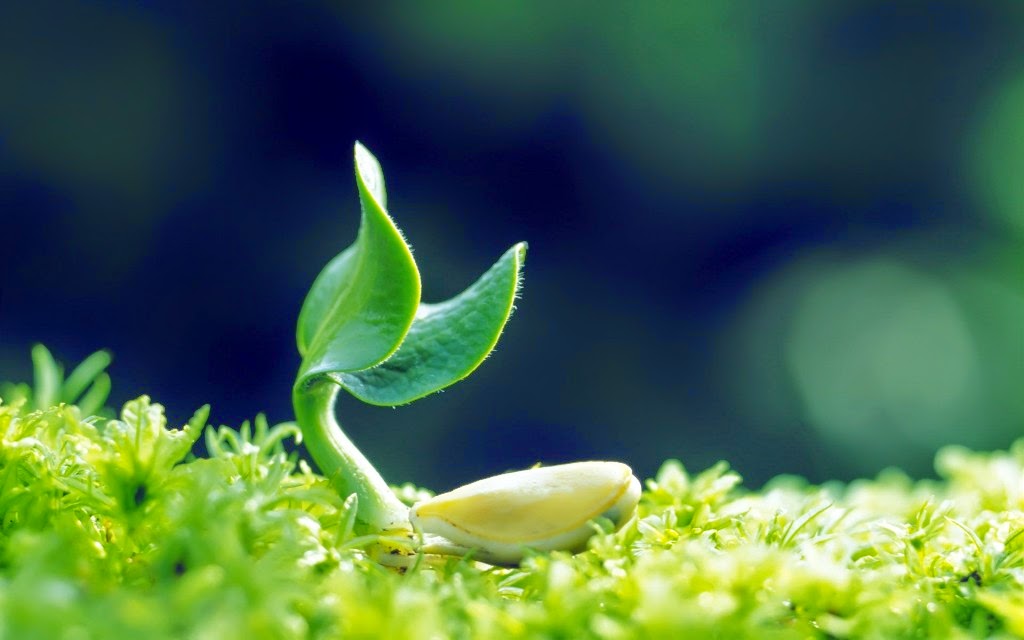Today I learned about three hormones that are important to plant growth. The first hormone is the auxin (IAA), and one of its major effects on plants is to stimulate the cell elongation and growth through phototropism. It's usually transported through parenchyma tissue from the shoot apex to the base at the rate of 10 mm/hr, and its direction is related to polarity instead of gravity. One of the major sites of auxin synthesis occurs in apical meristem of the plant. Binding to a receptor in plasma membrane of plant cell, the auxin is responsible for stimulating cell elongation. However, the cell elongation slows down when a high concentration of auxin occurs, since the production of ethylene, inhibitor of cell elongation, is induced to maintain homeostasis. Other effects of auxins include root and fruit development and secondary growth in the vascular cambium.
 |
| Phototropism |
The last hormone I learned is the ethylene. I already mentioned before that it is the inhibitor of cell elongation, and it is usually produced in response to harsh weather conditions, plant injuries, fruit ripening and high concentration of auxins. The change in balance of ethylene and auxin controls leaf abscission. For example, an aged leaf will produce less auxins and become more sensitive to ethylene. As the leaf accumulates more ethylene, the leaf will produce enzymes that digest cellulose and parts in the cell wall. Also, ethylene will also trigger the triple response when there is pressure on the stem, which slows down stem elongation and induces the plant to grow horizontally in order to circumvent the obstacle in front. Finally, the ethylene is also a part of positive feedback system, where it triggers fruit ripening, while fruit ripening induces more production of ethylene.
- Andy Liu '15

No comments:
Post a Comment